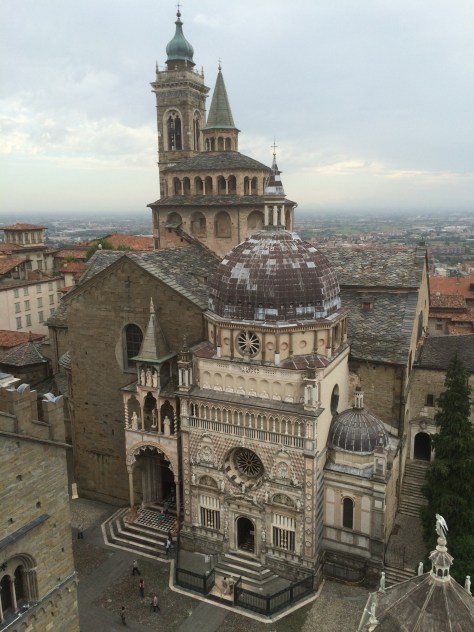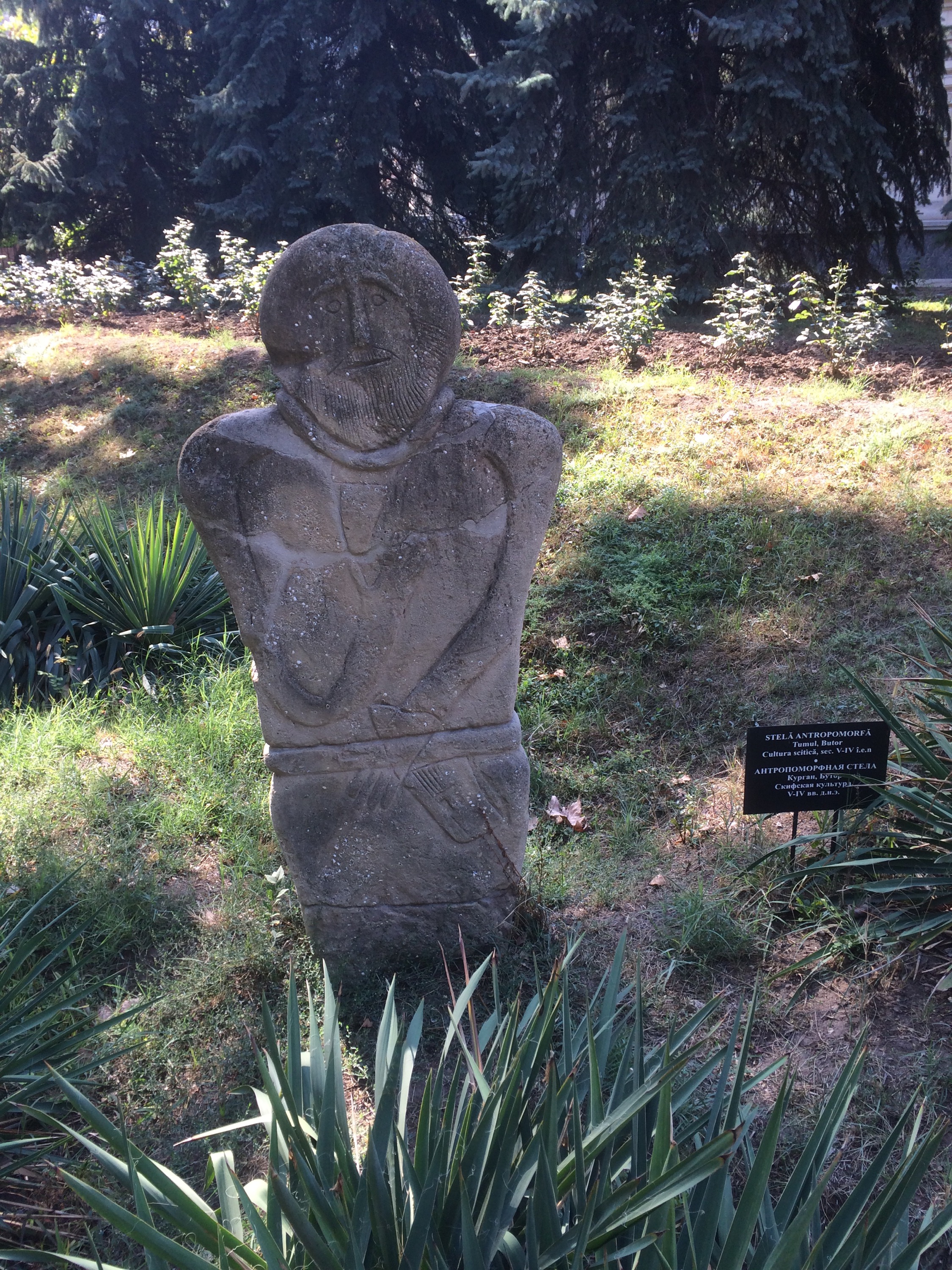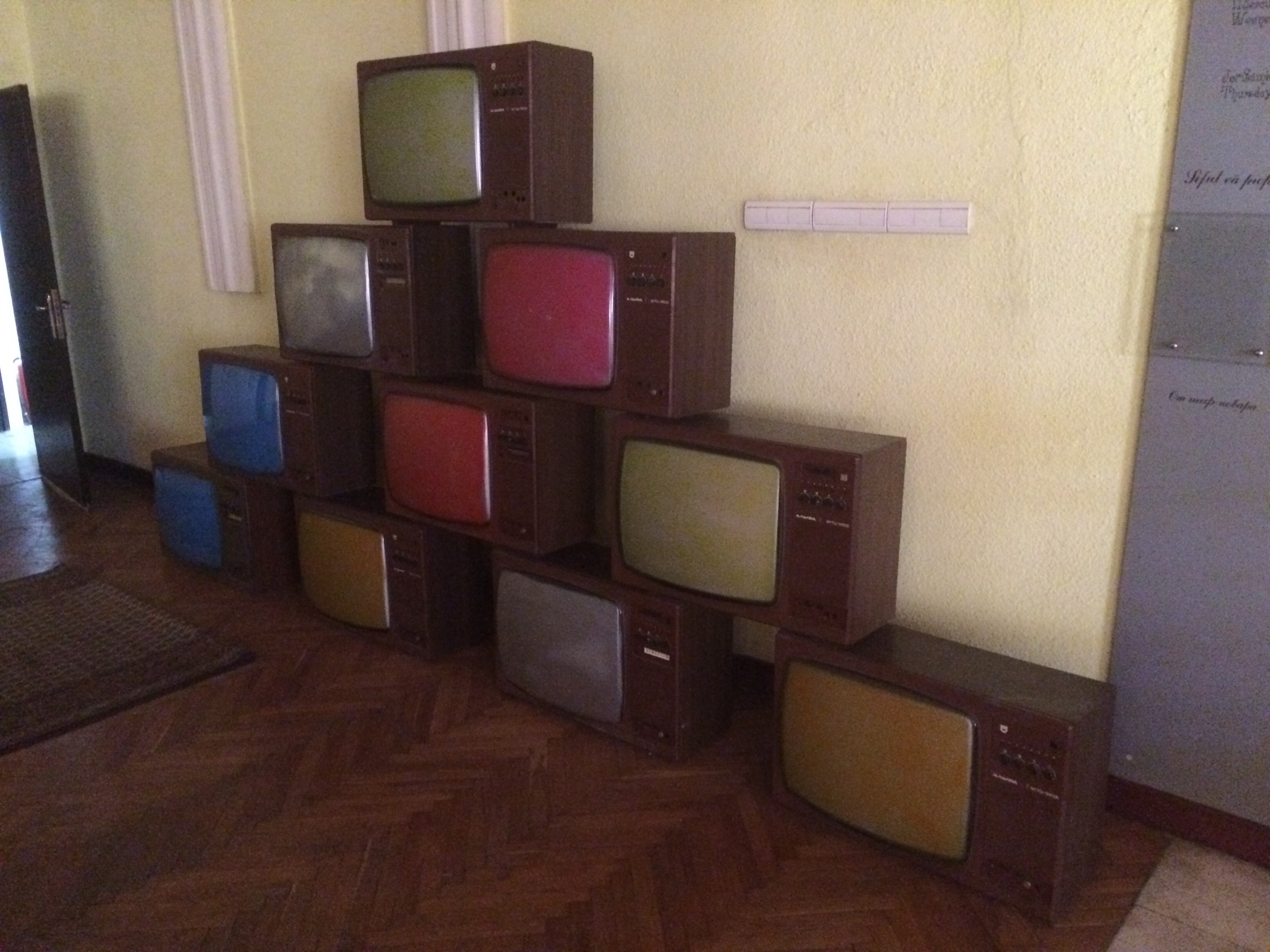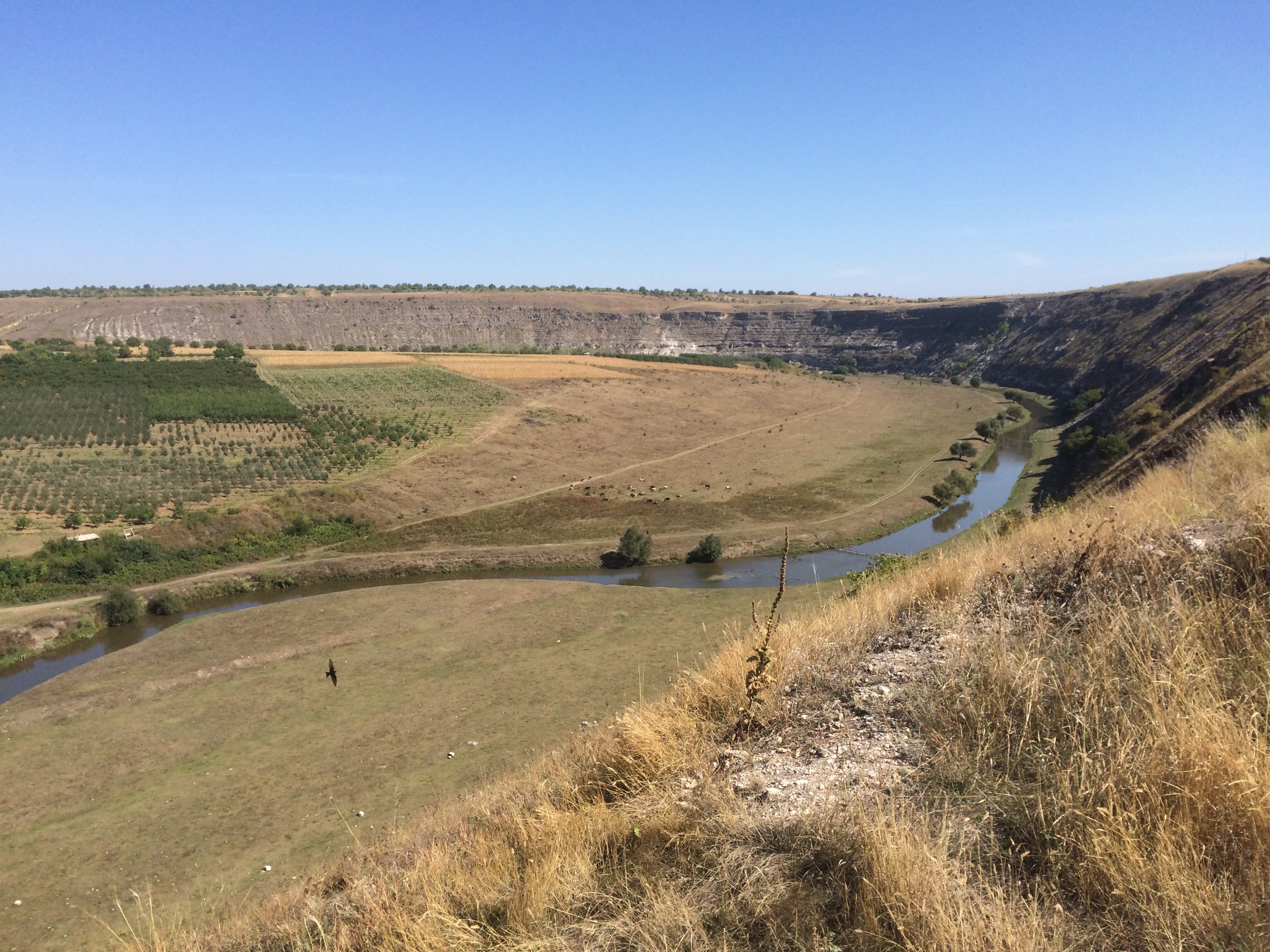
The vagaries of modern-day cut-price flying being what they are, you will, on occasion, find yourself with hours to waste on a layover in some spot halfway between a distant departure point and home. That being the case, there are probably worse places to spend said hours in than Italy, and more specifically Bergamo. Having been dropped off by WizzAir (comfy and punctual) and having 13 hours before hopping onboard Ryanair (cramped and delayed), I was pretty happy to be no more than a short bus ride away from the medieval Citta Alta, with its massive walls and narrow streets.
Not that the Citta Alta is the highest place in the vicinity. It occupies a high point south of the Alps, overlooking the plains of Lombardy, but San Vigilo Castle stands guard from an ever higher point just to the west. There’s not much there to be seen now, but the views are quite spectacular, even on a misty day. If you’re not inclined to explore and climb your way to the top, there’s a funicular railway that’ll take you to the heights, but you’ll miss out on cobbled streets and horse chestnuts that pop and drop around you as you pass beneath. (That last one might be time-of-year dependent.)

As pleasant as it is to sit in San Vigilo and enjoy the view, the Citta Alta is the main draw, and it’s worth your time to descend. Possessed by the Venetians for more than 350 years, Bergamo was their western outpost against the rival great Northern Italian power and was massively fortified as a result. The Venetian walls still surround the Citta Alta, and the winged lions of St Mark, symbol of the Venetian Republic, still stand guard over the fortified gates. Yet Bergamo itself is far older than the Venetian occupation and there are buildings in the Citta Alta that are closer to 1,000 years old than 500.
Perhaps the most impressive is the Basilica di Santa Maria Maggiore. Dating to 1137 but built on the site of a 7th-century religious edifice, it’s not so imposing on the outside as the Cappella Colleoni, the massive tomb of the condottiere Bartolomeo Colleoni annexed to it, but the interior is spectacular, with tapestries and frescoes adorning that walls and further frescoes and other adornments stretching all the way to the roof. Not that the Cappella Colleoni should be missed either – it’s a masterwork in its own right, and Colleoni’s heraldic symbol of three testicles on the gates have been rubbed to a shine by tourists and locals seeking some of his luck.

The museums are nothing to sneeze at either – I didn’t make it to the art galleries lying outside the eastern gate, but the Piazza della Citadella contains both the Archaeological Museum and the Museum of Natural Science. The former has some fine relics of the millennia of habitation in the area, from the palaeolithic through the Celts and Romans to more recent times. The latter sprawls all around the piazza and has an impressive section on other cultures. Closer to the Basilica, the Torre campanaria di città alta or old bell tower is worth climbing, and its attached museum has a fine interactive section on the medieval history of Bergamo itself. Don’t expect much in the way of non-Italian language help though.
Beyond all of the attractions though, the beauty of Bergamo lies in the ability to wander the narrow streets of the Citta Alta freely, medieval buildings towering to either side and cobbles packed tight under your feet. Enjoy a gelato, or perhaps a beer or wine, and find a place to sit and soak in the atmosphere. And then, when the hours have spun past at last, descend though one of the Venetian gates into the Citta bassa and make your way to the airport. The final flight on that cut-price carrier may depress your spirits, but it won’t erase those hours stolen in the Lombard sunshine.



